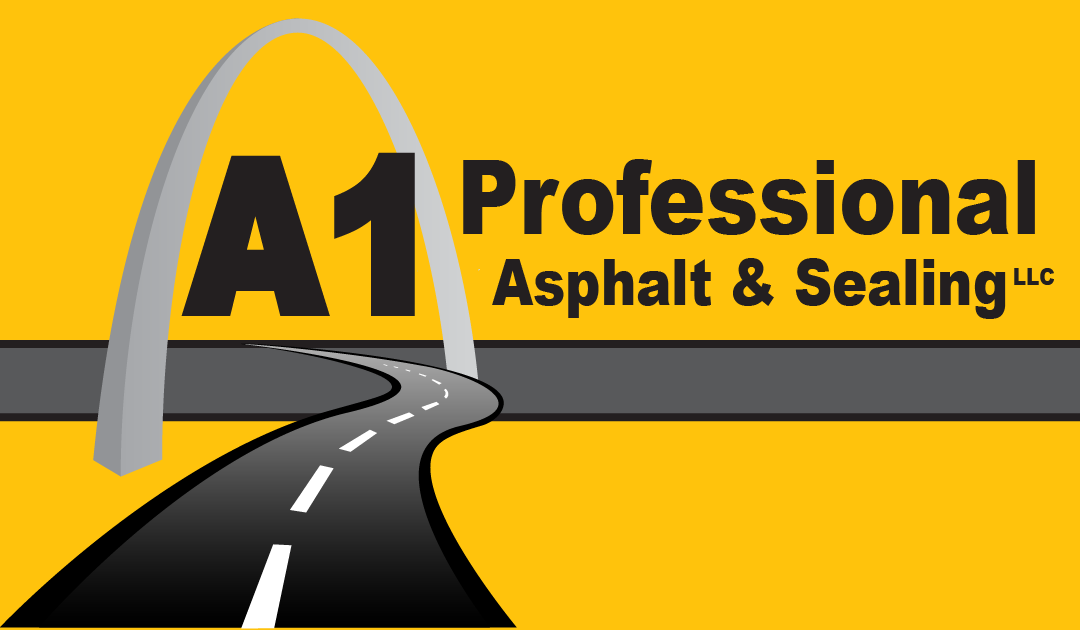Asphalt is one of the most commonly used paving materials for commercial parking lots. Although concrete is also a good surfacing material, using asphalt for your parking lot offers many benefits. When choosing between these two materials, an important factor to consider is environmental sustainability. Here we take a look at asphalt’s environmental impact compared to that of concrete.
Air pollution
The processes of producing both asphalt and concrete generate harmful atmospheric emissions. However, emissions from asphalt plants are often low and well-controlled. Once installed, asphalt parking lots can contribute to air pollution, especially on hot sunny days. On the other hand, concrete gives off concrete dust during demolition or in the event of a natural disaster.
Energy consumption
Both the production of paving materials and construction of parking lots require energy. Compared to other materials such as concrete, producing and constructing an asphalt parking lot will require 20% less energy. Using asphalt helps to conserve energy, a factor that ensures minimal impact on the environment.
Water pollution
A good parking lot has proper drainage to remove rainwater from the surface. This helps to prevent flooding. However, as the water flows over the surface, it is exposed to surface debris, pollutants and the paving material. Unlike concrete, asphalt pavements do not leach chemicals into the soil. As such, asphalt parking lots can better help to protect water quality.
Asphalt’s recyclability
Asphalt’s sustainability is perhaps the most significant advantage that the material has over concrete. Provided your parking lot is designed, constructed and maintained properly, asphalt will wear out slowly.
Because this material is recyclable, maintaining an asphalt parking lot is simple. Only the top layer will be removed, recycled and replaced through a process called asphalt milling. This eliminates the need for complete removal and reconstruction. In the end, the newly surfaced asphalt will be as good as new. This helps to minimize depletion of resources.
When concrete deteriorates, you either have to completely remove and replace it or have it undergo rehabilitation. However, the process of rehabilitating concrete can be both time-consuming and expensive. Alternatively, a sustainable rehabilitation process known as rubblization can be used to rehabilitate the pavement, after which it becomes the base of a new asphalt surface.
Reliable asphalt and concrete work in the Midwest
Are you looking for a reliable asphalt and concrete company for your next paving project? A1 Professional Asphalt & Sealing uses quality products to see to it that your project is completed quickly and is done correctly the first time. Contact us for a free estimate.

